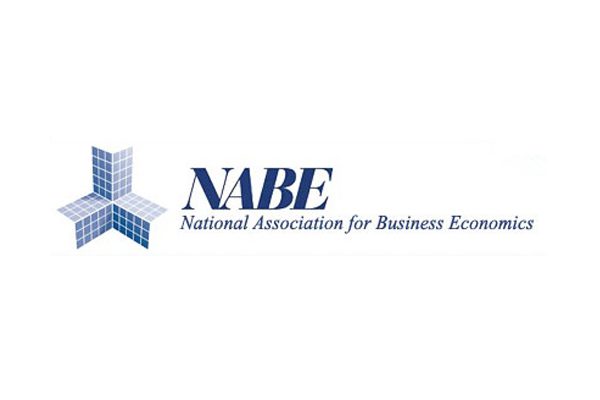Five Booth School of Business professors discussed economics at the 56th annual National Association for Business Economics meeting in Chicago– a three-day conference that brought some of the best and brightest economic minds together to formulate a long-term view of the economy.
In the first session, professors Steven J. Davis and Erik Hurst tackled the issue of labor quality, professors Austan Goolsbee and Randall Kroszner explored fiscal choices for the long run, and Professor Anil Kashyap discussed lessons from monetary policy when interest rates are at or near zero.
The next day, Goolsbee, Robert P. Gwinn Professor of Economics and former chairman of the president’s Council of Economic Advisers, and Kroszner, Norman R. Bobins Professor of Economics and former governor of the Federal Reserve System, discussed the future of fiscal policy. The two agreed that the US corporate tax system is flawed and is inhibiting economic growth.
“We retain culpability as economists in creating the system we have,” Goolsbee said. “It doesn’t make sense that we have the highest rate and the narrowest base in the world, rather than the broadest base and the lowest rate.”
The final session featured Kashyap, Edward Eagle Brown Professor of Economics and Finance, and Donald Kohn, former vice chair of the Board of Governors of the Federal Reserve System board of governors, jinging in a discussion on monetary policy at a time when interest rates have hovered at zero. Kashyap discussed lessons from the zero lower bound experience and remarked that that Fed fell short when it came to communication strategies.
Kashyap used the Fed’s forward guidance about interest rates as an example of the challenges.
“Aggressive forward guidance does seem to spur more risk taking,” he said. “I still think the taper tantrum from last year should make us cautious about judging nonstandard policies at this point. The first time there was the slightest hint of taking the foot off the gas, markets reacted way more than would be expected.”
The Fed eventually calmed things but only by doubling down on the forward guidance, Kashyap noted. “So what we don’t know is what happens once the forward guidance is withdrawn.”

